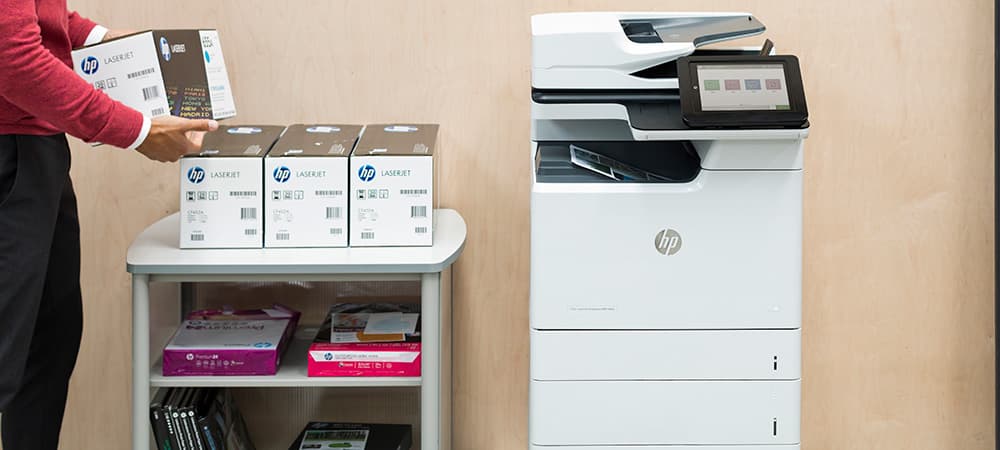Printers have become an indispensable part of both office and home environments. They perform a variety of functions beyond just printing documents, making them versatile tools for many different tasks. One crucial aspect of printer operation is spooling, a term that often leaves users puzzled. In this blog, we’ll explore the various functions of printers and delve into the concept of spooling, explaining what it means and how it affects printing efficiency.
Functions of the Printer
1. Printing Documents
The primary function of any printer is to print documents. Whether it’s text documents, spreadsheets, presentations, or PDFs, printers can handle a wide range of file types. They produce hard copies of digital files, making it easier to share, review, and archive important information.
2. Copying
Many modern printers come with built-in copying capabilities. This allows users to make duplicates of documents without needing a separate photocopier. With just a few button presses, a printer can produce exact copies of original documents.
3. Scanning
Printers equipped with scanning functions enable users to convert physical documents into digital format. This is particularly useful for digitising old records, sending documents electronically, and reducing paper clutter. Scanners can save files in various formats, such as PDF or JPEG, depending on the user’s needs.
4. Faxing
Although less common in the digital age, some printers still offer faxing capabilities. This function allows users to send documents over a telephone line to a fax machine at another location. It’s an essential feature for businesses that need to communicate in a more traditional manner.
5. Wireless Printing
Wireless printing is a convenient feature in many modern printers. It allows users to print documents from their computers, smartphones, or tablets without needing a physical connection. This enhances flexibility and makes it easier to print from multiple devices within the same network.
6. Photo Printing
Printers designed for photo printing can produce high-quality prints of digital photographs. These printers often support various photo paper sizes and types, enabling users to create professional-looking photo prints at home.
7. Duplex Printing
Duplex printing, or double-sided printing, is an eco-friendly feature found in many printers. It allows users to print on both sides of the paper automatically, reducing paper consumption and saving costs.
What Does Spooling Mean on a Printer?
1. Understanding Spooling
Spooling, in the context of printing, refers to the process of sending print jobs from a computer to a printer in a manageable order. The term “spool” stands for “Simultaneous Peripheral Operations On-Line”. Essentially, it’s a system that temporarily stores print jobs on a computer’s hard drive or in the printer’s memory until the printer is ready to process them.
2. How Spooling Works
When a user sends a document to print, it doesn’t go directly to the printer. Instead, the document is placed in a queue, or spooler, where it waits its turn. The spooler manages multiple print jobs by organising them in the order they were received. This ensures that the printer processes each job efficiently and in sequence.
3. Benefits of Spooling
- Efficiency: Spooling allows users to send multiple print jobs to the printer without waiting for each one to complete before sending the next. This streamlines the printing process, especially in busy environments.
- Resource Management: By managing print jobs in a queue, spooling helps prevent printer overload and ensures that the printer operates smoothly. It also allows the computer to continue functioning normally while the print jobs are being processed.
- Error Handling: If a print job encounters an error, the spooler can hold the subsequent jobs in the queue until the issue is resolved. This prevents the loss of print jobs and maintains the order of processing.
4. Spooling Issues and Solutions
Sometimes, users may encounter spooling-related issues, such as print jobs getting stuck in the queue or the spooler not responding. Common solutions include:
- Restarting the Spooler: This can often resolve temporary glitches. Users can restart the spooler service through their computer’s settings.
- Clearing the Print Queue: Deleting all pending jobs in the print queue can help reset the system and resolve issues.
- Updating Drivers: Ensuring that printer drivers are up to date can prevent compatibility issues that might affect spooling.
Conclusion
Printers are versatile devices with a range of functions beyond simple document printing, including copying, scanning, faxing, and wireless printing. Understanding the concept of spooling is crucial for efficient printer operation, as it manages the flow of print jobs and ensures smooth processing. By keeping the printer’s spooler in good working order, users can enjoy a more reliable and efficient printing experience.




